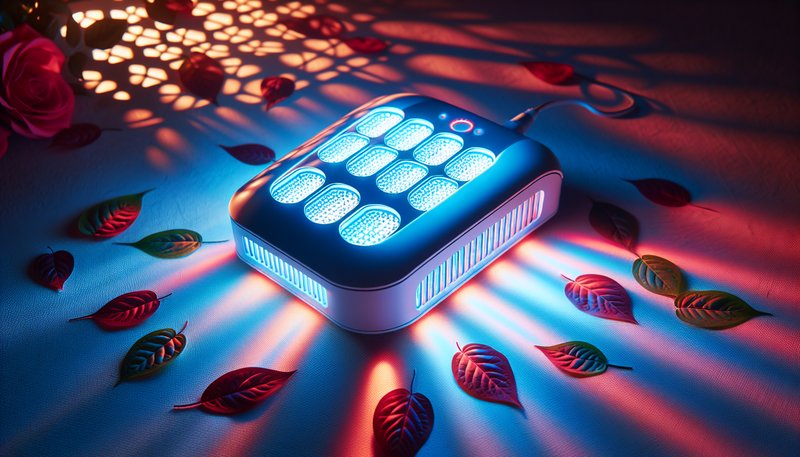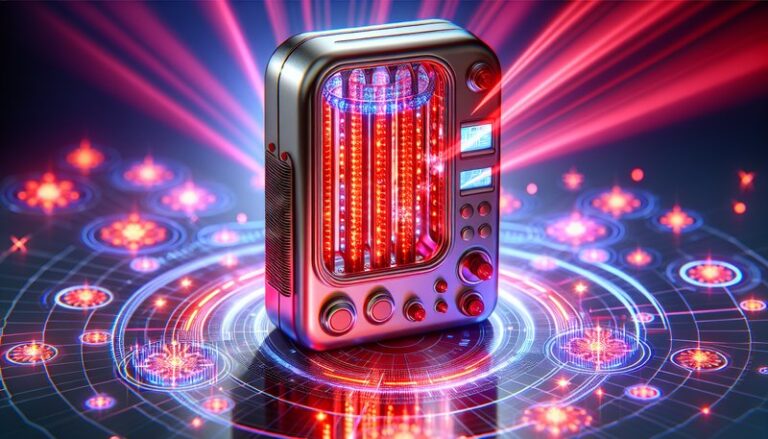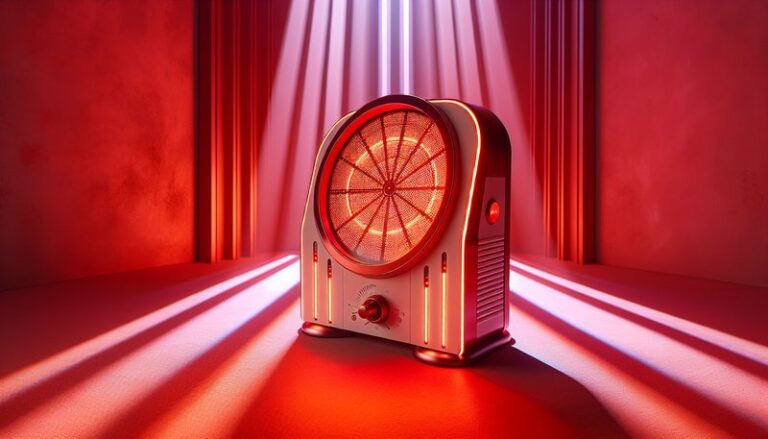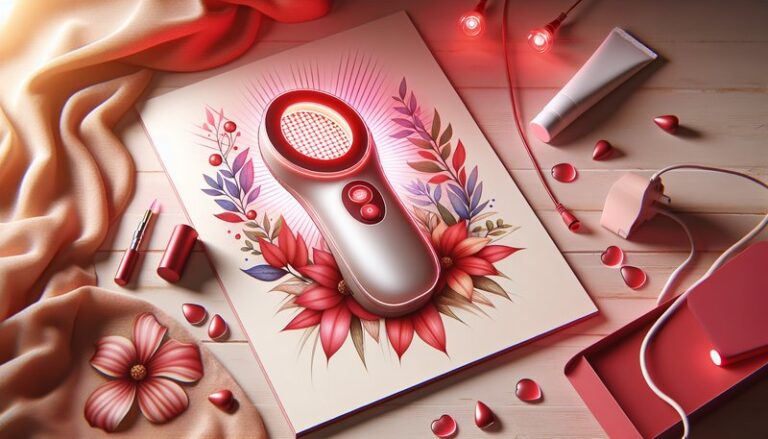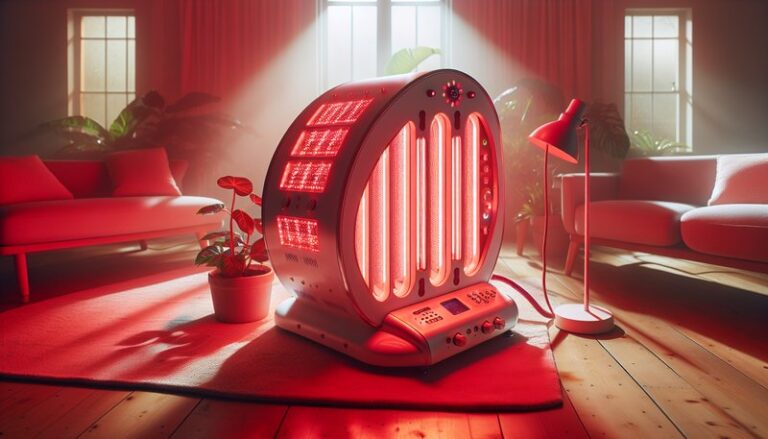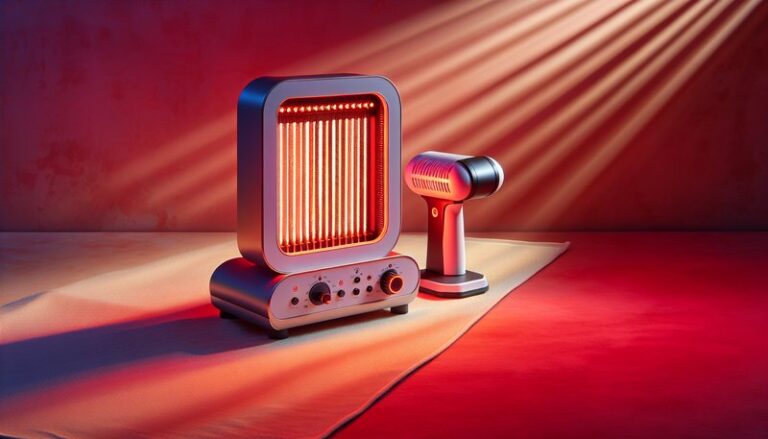Does Blue And Red Light Therapy Work For Acne?
Does Blue And Red Light Therapy Work For Acne?
Have you ever struggled with stubborn acne and wondered if there’s a light at the end of the tunnel?
In this article, we will explore the effectiveness of blue and red light therapy in treating acne, discussing how these therapies work, their benefits, alternative treatments, and considerations to keep in mind before starting treatment. By the end, you will have a clearer understanding of whether these therapies might be right for you.
Key Takeaways
- Blue light therapy targets acne-causing bacteria, while red light therapy reduces inflammation and promotes healing.
- Many individuals report improvements in their acne symptoms after undergoing light therapy.
- It’s essential to weigh potential advantages and disadvantages before opting for light therapy as a treatment.
What is Blue and Red Light Therapy?
Blue and red light therapy are non-invasive skin treatments that use specific wavelengths of light to address various skin conditions, particularly acne.
Blue light therapy primarily works by emitting wavelengths that kill acne-causing bacteria (Propionibacterium acnes) found on the skin. This method can significantly reduce acne lesions and prevent future breakouts.
Red light therapy, on the other hand, utilizes longer wavelengths to penetrate the skin deeply, promoting healing and reducing inflammation. This aspect makes it beneficial not just for acne but also for improving overall skin texture and appearance.
How Does Blue and Red Light Therapy Work?
Blue light targets the sebaceous glands, restricting excessive oil production and effectively reducing the incidence of clogged pores. In tandem, red light encourages cellular repair and enhances blood circulation, helping to heal existing blemishes and decrease redness.
Many dermatologists incorporate these therapies into comprehensive acne treatment plans, using them alongside topical medications and lifestyle adjustments for optimal results.
What are the Benefits of Blue and Red Light Therapy?
Exploring the benefits of blue and red light therapies for acne reveals several compelling advantages that may enhance your skincare journey.
Effective Acne Treatment
Numerous studies support the effectiveness of light therapy in reducing acne. Clinical trials have shown significant reductions in the number of active acne lesions following treatment. Many users notice visible improvements within weeks.
Minimally Invasive
One of the most appealing aspects of light therapy is that it is a non-invasive option. Unlike chemical peels or invasive procedures, light therapy usually requires no downtime, allowing users to continue their daily activities without interruption.
Improved Skin Texture
In addition to treating acne, red light therapy can improve overall skin texture and reduce the appearance of scars left by previous breakouts. Many individuals report that their skin looks healthier and more radiant after undergoing treatment.
Safe with Minimal Side Effects
Light therapy is generally considered safe for most skin types. While some patients may experience mild redness or temporary irritation, these side effects are typically short-lived compared to more aggressive treatments.
Is it Possible to Use Blue and Red Light Therapy at Home?
Yes, it is possible to perform blue and red light therapy at home using various handheld devices and masks designed for personal use. However, there are several considerations to keep in mind before beginning at-home treatments.
What are the Advantages of At-Home Therapy?
The convenience of at-home therapy cannot be overstated. It allows users to perform treatments on their schedule without the need for frequent dermatologist visits. Additionally, many home devices are relatively affordable compared to professional treatments.
What are the Disadvantages of At-Home Therapy?
While at-home devices can be effective, they may not deliver the same intensity or results as professional treatments. Users might need to be consistent and patient over weeks or even months to see substantial improvements. Moreover, some devices may lack proper certification, raising concerns about their efficacy and safety.
What are the Things to Consider Before Starting Light Therapy?
Before embarking on a blue and red light therapy regimen, it’s important to consider various factors to optimize your results and ensure safety.
Skin Type and Sensitivity
Individuals with sensitive skin should consult a dermatologist before starting light therapy. Certain skin types may react more strongly to light treatments, potentially leading to irritation.
Consistency in Treatment
For best results, regular treatments are necessary. Developing a schedule for use and sticking to it is crucial for achieving the desired outcomes.
Combination with Other Treatments
It’s essential to discuss your skincare routine with a healthcare provider. Combining light therapy with other treatments may enhance results, but it’s crucial to ensure compatibility to avoid adverse effects.
Consultation with a Dermatologist
Before beginning any new treatment, especially one involving light therapy, consulting with a dermatologist or skincare specialist is strongly recommended. They can help assess your unique skin condition and recommend the best course of action.
What are the Alternatives to Light Therapy?
If you are considering options beyond blue and red light therapy, there are several effective alternatives available.
Topical Medications
Prescription topical medications like retinoids and benzoyl peroxide have been proven effective in treating acne. They help unclog pores, reduce inflammation, and kill bacteria.
Check out the full story Can Red Light Therapy Remove Moles?
Chemical Peels
Chemical peels involve the application of a chemical solution to exfoliate the top layers of skin. This treatment can effectively reduce acne and improve skin texture but may require downtime for recovery.
Oral Medications
Oral antibiotics and hormonal treatments (such as birth control pills) can help manage acne, especially for hormonal breakouts. Consulting with a dermatologist will provide insight into whether these options are suitable for you.
Laser Therapy
Laser treatments target deeper skin layers to reduce oil production and heal existing acne scars. While they often require multiple sessions, the results can be significant for persistent acne.
Discover the complete guide Can Red Light Therapy Treat Gum Disease?
Conclusion: Is it Recommended to Use Light Therapy for Acne?
Blue and red light therapy offers a promising avenue for acne treatment. Its ability to target acne-causing bacteria, reduce inflammation, and improve skin texture makes it an appealing option for many individuals. However, it is essential to consider your specific skin type, treatment consistency, and consult with a healthcare professional to maximize safety and effectiveness.
Ultimately, light therapy is worth considering if you’re seeking a non-invasive complement to your acne care routine.
Frequently Asked Questions
How long does it take to see results from light therapy?
Most individuals may begin to see improvements within 4 to 8 weeks of consistent use, though results can vary depending on the severity of the acne and individual skin types.
Are there any side effects associated with light therapy?
The most common side effects are mild redness and temporary discomfort, which usually subside quickly. Serious side effects are rare, making it a generally safe option.
Can I use light therapy while on other acne treatments?
Yes, but consult with your dermatologist first to ensure compatibility and avoid potential irritation from combining treatments.
How often should I use light therapy for the best results?
Most recommendations suggest using light therapy 2 to 3 times per week. However, your skincare provider may suggest a personalized schedule based on your specific needs.
Is light therapy suitable for all skin types?
While light therapy is generally safe for various skin types, individuals with specific skin conditions or sensitivities should consult a dermatologist before starting treatment.
